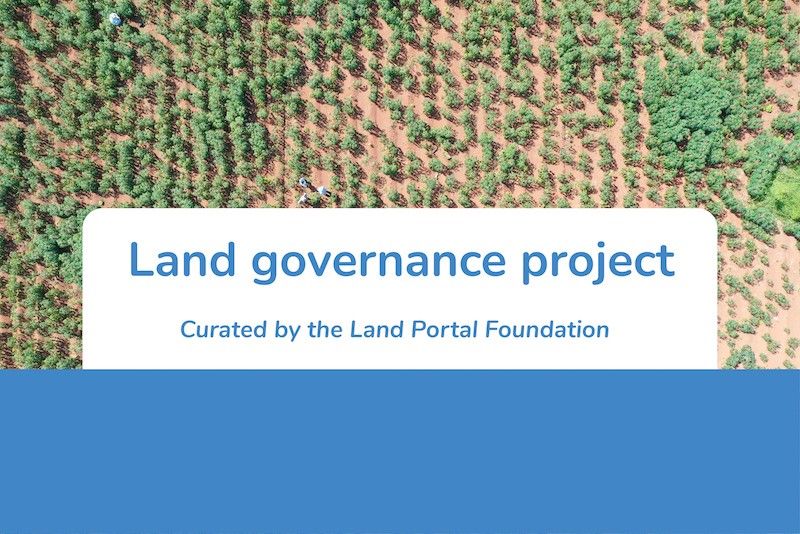Community / Land projects / Investing in the Komodo Dragon and other globally threatened species in Flores (IN-FLORES)
Investing in the Komodo Dragon and other globally threatened species in Flores (IN-FLORES)

€6292827.959
08/22 - 08/22
Concluído
This project is part of
Implementing Organisations
Donors
Data Providers
Objectives
To strengthen conservation of Komodo dragon and other globally threatened species in Flores through integrated approaches across multiple use landscapes-seascapes.
Other
Note: Disbursement data provided is cumulative and covers disbursement made by the project Agency.
Target Groups
The IN-FLORES project will generate a range of socio-economic benefits as it invests in protecting the environmentally sensitive areas and extending conservation measures beyond the PA system. The multi-stakeholder coordination platforms are designed to bring together groups and institutions that are not accustomed to collaborating on issues related to land use, natural resource management, and biodiversity conservation. As such, the coordination platforms have the potential create opportunities for more organizations and groups to participate. Although communities, governments, NGOs and the private sector may share a common interest in ensuring that Flores’ unique biodiversity resources are well managed, it will be necessary to develop the capacity and mechanisms for working together. Across different sectors, the capacity of stakeholders in biodiversity management will also be enhanced through various capacity building workshops organized under the multi-stakeholder coordination platforms in both west and north Flores landscapes-seascapes. The multi-stakeholder coordination platforms will allow for the sharing of knowledge about local ecosystems to support decision making and environmental education campaigns targeted to increase local awareness about the Komodo dragon and the other globally threatened species. Support community development, particularly those initiatives that contribute towards generating multiple benefits. At the grass-roots level, local communities including customary communities, will participate and in the planning and implementation of project activities. In addition, they will participate in identifying the areas for OECMs where they can clarify their priorities for conservation planning. The OECMs will contribute to good governance, effective management and long-term biodiversity outcomes, and be inclusive of diverse contributions to conservation within and beyond protected areas. Conservation initiatives outside the protected areas will be supported by the creation of business and investment models for biodiversity conservation. Project beneficiaries will gain access to funding from institutions which in turn will result in improved access to markets; more livelihood opportunities and increased income. There will also be new business ventures to be tested thus improving communities’ entrepreneurship capacity and opening the door to more investment. Introduction and adoption of income generating measures. At the local level, increased income generating measures and economic incentives will be promoted that give local communities reason to adopt them, and these measures will generate economic benefits to the communities in the short as well as longer term in order to be considered sustainable. The biodiversity-friendly livelihood and business ventures are expected to increase land productivity and enhance food security. The target landscapes-seascapes are situated within a high priority tourism destination identified by the Government of Indonesia. Local tourism operators will benefit from capacity building on best practices, linkages with sustainable certification schemes, and strengthened concession arrangements with protected areas. Increased inclusion of Adat communities in natural resource governance. Adat communities will be engaged in the governance and management of OECMs involving Adat villages, protecting and respecting customary bylaws and traditional knowledge. Engagement of Adat communities will be ensured through obtaining free, prior and informed consent (FPIC). Capacity development and women empowerment. Facilitating partnerships through the multi-stakeholder landscape platforms, delivering capacity building on improving financial management skills, and disseminating information on available financing options for local community organizations will help enhance small-scale entrepreneurship, with a particular emphasis on engaging women-led community-based organizations and local enterprises. Improved management of human-wildlife conflicts and increased awareness of risks associated with zoonotic diseases. The project strategy has a strong focus on increasing engagement with local communities in the target landscapes-seascapes. Part of this engagement involves improving how human-wildlife conflicts are managed, e.g., through preemptive measures and capacity building, as well as increasing awareness on the risks associated with zoonotic diseases. Strengthened resilience to the risks associated with climate change and natural disaster hazards. Promoting sustainable livelihood and business alternatives will help reduce unsustainable practices in the target landscapes-seascapes, and increase the awareness and coping capacities of local communities. The project is relevant to a number of SDGs, most notably SDG 1 (No Poverty), SDG 5 (Gender Equality), SDG 12 (Responsible Consumption and Production), SDG 13 (Climate Action), SDG 14 (Life below Water), SDG 15 (Life on Land), and SDG 17 (Partnerships for the Goals), as outlined below in Table 1 of the Project Document.



